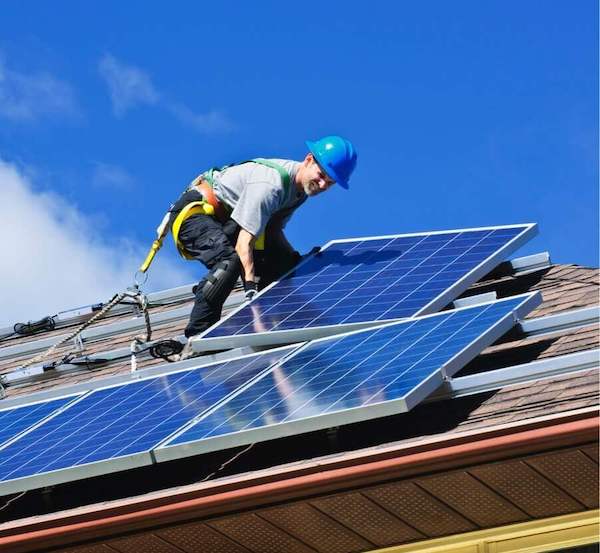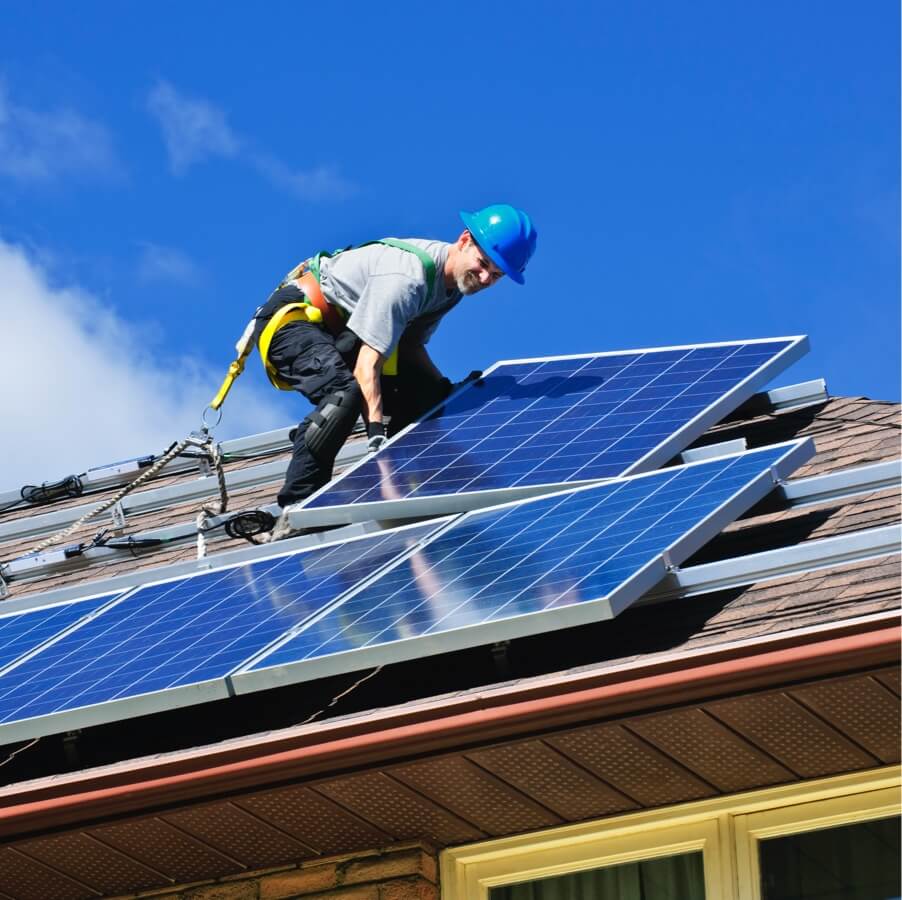Things To Know About Nevada
Nevada, known locally as the Sagebrush State; Silver State; Battle Born State, has a total population of 3,104,614 as of 2020.Since 2010 the population has grown by 15.00%. You might be surprised to find out that 59.7% of the people in Nevada own their homes. This means that of the 3,104,614 people in Nevada, 59.7% are potentially elligible to install solar panels at their home. Click here to find out if you're elligible for solar panels. Did you know that Nevada is the the home of Rare fish such as the Devils Hole pup, found only in Devils Hole, and other rare fish from prehistoric lakes; also the driest state? it should come as no surprise that the state motto is "All for Our Country".
Nevada has a total area of 109,781.18 square miles of which 109,781.18 square miles is land. The highest elevation in the State of Nevada is 13,140 feet and the lowest point is 479 making the average elevation 5,500 feet. With these elevations, solar panel installation is usually a breeze.







